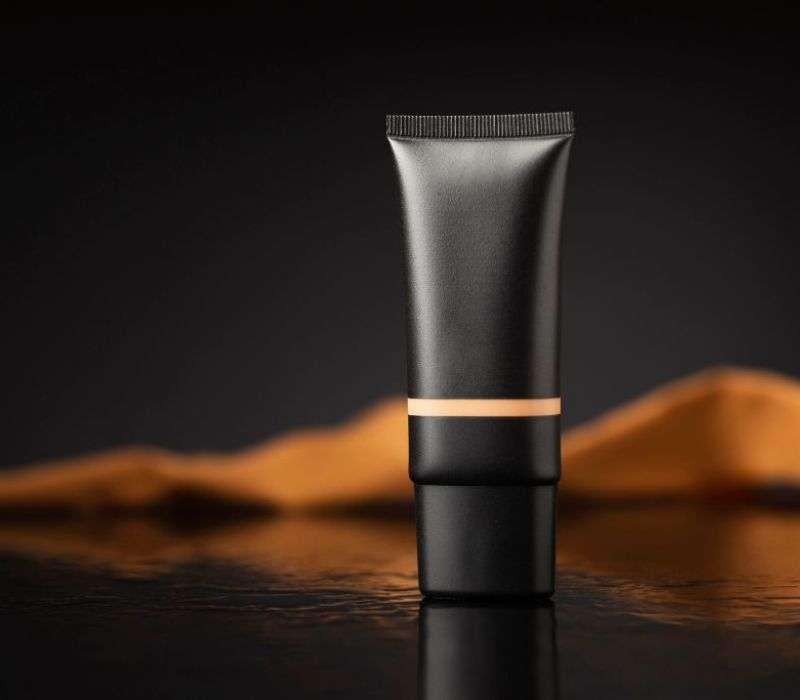

Mar 14,2024
In a world driven by innovation and constant technological advancements, plastic packaging tubes might not immediately seem cutting-edge.
However, beneath their unassuming exterior lies unparalleled reliability and versatility.
Plastic Packaging tubes have become an indispensable component across industries, and their remarkable attributes are a testament to their staying power in a rapidly evolving landscape.
Due to their remarkable strength, Plastic Packaging Tubes have emerged as a go-to solution in various applications. A prime example is the construction sector, where Plastic Packaging Tubes made from high-density polyethylene (HDPE) showcase their strength by delivering robust performance in water and gas distribution systems.
These tubes boast exceptional resistance to corrosion and environmental stress cracking, ensuring they endure even in the harshest conditions.
According to recent industry reports, the global demand for HDPE-based Plastic Packaging tubes in construction is projected to grow by 5.8% annually over the next five years.
The true reliability of Plastic Packaging Tubes is exemplified by their astounding versatility. Industries spanning healthcare to telecommunications have embraced Plastic Packaging Tubes for their adaptability and long-lasting performance.
For instance, medical facilities rely on Plastic Packaging Tubes for precise fluid delivery, and plastics' compatibility with various chemicals ensures patient safety.
The Plastic Packaging Tube safeguards vital fiber optic cables in telecommunications, ensuring seamless data transmission.
Market data suggests that the global fiber optic cable market, driven by the surge in high-speed data connections, is anticipated to grow by a staggering 11.45% by 2025.
Reliability doesn't solely hinge on strength and versatility; sustainability plays an increasingly crucial role. Plastic Packaging Tube has responded to this call with eco-friendly variants that retain reliability while minimizing environmental impact.
Bioplastics, derived from renewable sources, have been making waves in the industry. Incorporating bioplastics into Plastic Packaging Tubes significantly reduces carbon footprint.
According to a recent study by a leading environmental research institute, adopting bioplastics in plastic tube manufacturing can reduce greenhouse gas emissions by up to 50%.
The reliability of Plastic Packaging Tubes is intricately tied to their evolving design and manufacturing processes. Engineers and designers continually push the boundaries, leading to enhanced performance.
One notable innovation is the introduction of a multilayer Plastic Packaging Tube for packaging-sensitive products. These tubes incorporate barrier layers that safeguard contents from moisture, oxygen, and UV radiation.
As per market trends, the global multilayer plastic tube packaging market is set to expand at a CAGR of 4.2% through 2023, reflecting the growing demand for reliable, long-lasting packaging solutions.
Behind every reliable plastic tube lies a rigorous quality control process. Manufacturers employ advanced testing methodologies, such as pressure tests and dimensional assessments, to ensure each tube meets the highest standards.
This dedication to quality is a driving factor behind the unwavering reliability of Plastic Packaging tubes across industries. Market data reveals that the global plastic tube packaging market is poised to reach a valuation of $11.24 billion by 2026, underlining the trust that various sectors place in these products.
As technological horizons expand, Plastic Packaging Tube remains a steadfast presence, adapting and thriving across countless applications. Their reliability, backed by data, insights, and statistics, positions them as a cornerstone of modern industrial processes.
From construction to healthcare and beyond, plastic packaging tubes' unwavering strength, versatility, and eco-conscious adaptations make them an essential component in an ever-evolving world.
Wrap Up
The unassailable reliability of Plastic Packaging Tubes isn't just a happy coincidence; it's a result of meticulous engineering, innovative design, and a commitment to quality.
These unassuming components have been woven into the fabric of our daily lives, showcasing their strength in the face of challenges and their ability to adapt to new contexts. As industries continue to innovate, one thing remains certain: Plastic Packaging Tubes will continue to be a symbol of reliability, serving as a testament to human ingenuity and progress.